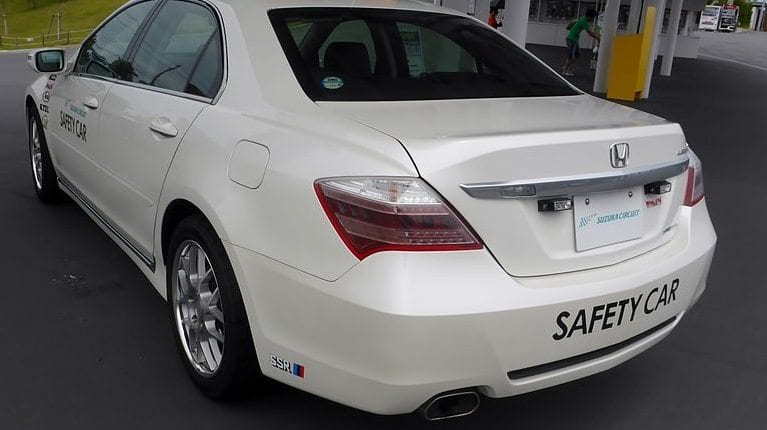Now Available on More Models and Makes
At Stillman and Friedland we make a living by doing our utmost to help people receive fair compensation from traumatic injuries. From the client’s perspective and ours—as we have said numerous times—it is better to avoid accidents than to suffer long-lasting injuries, even with a good lawyer fighting for you.
Today we are passing on some good news about the expanded availability of automatic emergency braking systems, or AEB. (This is not to be confused with an anti-lock braking system, a valuable safety feature which prevents skidding.) In past posts we have extensively discussed smart innovations which improve driving safety. An AEB system uses a vehicle-mounted camera and computer system to detect vehicles, objects, or people in the roadway ahead of the driver. The system will automatically apply the brakes to prevent a collision if the driver fails to do so.
More and more, auto manufacturers are opting to develop or acquire these systems. Manufacturers can then offer advanced safety features as factory-installed options. While they add to the purchase cost of the vehicle, they will probably add to the re-sale value. Obviously, there is no way to put a price tag on the safety value for you and your passengers.
Recently, Consumer Reports published an update on expanded AEB installation in new-model vehicles. As CR points out, a large part of the increase in the availability of high-tech road-scanning systems is due to guidelines from the National Highway Traffic Safety Administration (NHTSA) which seek to have these systems in place on all new vehicles sold in the U.S. by 2022. The NHTSA, in conjunction with the Insurance Institute for Highway Safety developed the installation guidelines. The initial impetus to mandate ABS for all light vehicles came from consumer groups, and the guidelines were in place early last year. However, at the end of last year, a suit was filed by the same consumer groups, arguing that the mandate had no teeth.
As lawyers, we understand that sometimes the only way to get the results you want is to file suit and push the issue. On the other hand, we feel that the demand for and purchase of these systems ultimately rests in the hands of the consumer. We expect that this technology, like other technologies, will only improve and become less expensive with time. The increased use of self-driving vehicles will also ease acceptance of this technology. As cost decreases and new car buyers see a clear benefit to having the AEB system, the market will move closer and closer to 100% installation in all new cars, even without legislation.
Here is another point to take away: Safe driving is also ultimately in the hands of drivers, whether in private or commercial vehicles. These devices are useful in making you a safer driver, but do not mitigate all dangers on the road. In previous posts we have cited the statistics on dangerous driving. Reckless and impaired driving on the part of unlicensed and uninsured drivers is a prime danger on the roads. Most of these drivers are not going to be using the latest technology to prevent crashes. AEB devices are designed to keep you from plowing into something in front of you—but cannot keep someone else from rear-ending or sideswiping you.
Ideally all drivers should drive competently and use the best tools on the market to help them do so. In reality, there are no guarantees when others fail to act responsibly. Ultimately, if you become a victim of reckless driving, your best recourse will be a lawyer who can maximize your financial recovery.
At Stillman and Friedland, our goal is to do our best to get you fair compensation—because we care.







